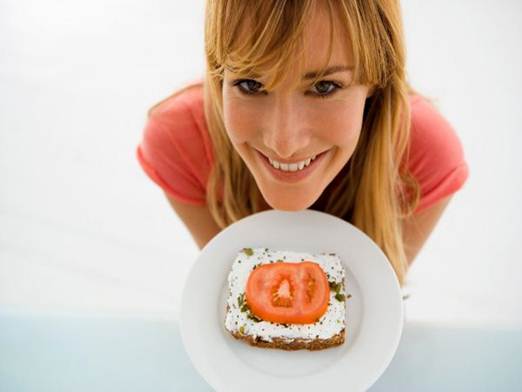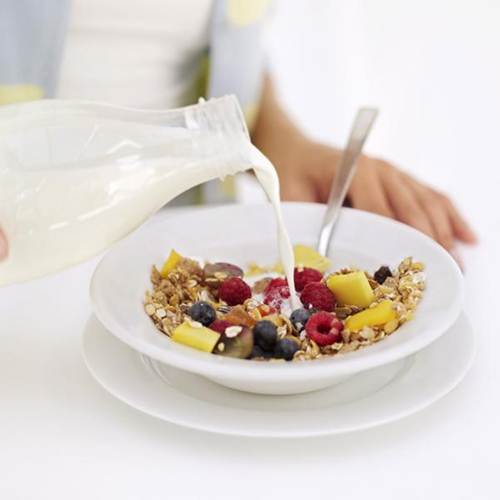How to snack smarter
The secret is simple: you have to rethink
what a snack is – or isn’t, says dietician Keri Glassman, author of The Snack
Factor Diet. It isn’t dessert, for example. A snack doesn’t have to be sweet,
chocolate-dipped or contain more than 630kJ. “It can be real food, like oats
with 10 walnut halves sprinkled on top,” says Glassman. And the experience can
still be indulgent if you focus on taking a break and recharging your body.
More ways to make your treat go further:

Cut it in half
A 2010 Journal of the American Dietetic
Association study found that people who were given the same snack, either whole
or cut into halves, consumed half as much when eating the latter, possibly
because they considered only the number of items (not the size of the items)
they ate.
Plate it

Albers has a few tricks she uses to avoid
mindless munching: no eating from a serving bowl, out of a big bag, or while
standing at the kitchen counter. “Everything I eat goes into a dish, which
helps me keep portion control in mind,” she says.
Chew more
Besides helping you feel full, chewy foods
may brighten your mood too. A 2009 study in Physiology and Behaviour suggests
that the act of chewing can decrease the level of stress hormones in the body.
The mechanism may be physiological (chewing can increase blood flow) or
psychological (either chomping diverts our attention from stress or we simply
associate it with mealtimes, when we tend to be relaxed).
Make your own snack packs
Dole out small portions of your favourite
snacks into plastic ziplock bags. Scott believes that home-made servings don’t
trigger the same overeating as shop-bought packs because the size of the food
isn’t deceptively smaller – only the amount you’re allowing yourself to eat is
limited, preferably to a portion that satisfies you.
Munch Meter

A
low-calorie breakfast
Some eats can be downed with near abandon;
others need to be reined in. Try these snack suggestions from dietician Keri
Glassman
All you can eat (really!) No need to limit these filling, low-kilojoule treats:
·
Air-popped popcorn
·
Raw veggies such as sugar snap peas and cherry
tomatoes
·
Steamed artichoke (dip in a warm mixture of
flat-free yoghurt and Dijon mustard)
·
Fresh berries
·
Cucumber slices marinated in rice vinegar and
topped with chopped red onions
Take it slow.
Enjoy these healthy snacks; just don’t go wild:
·
One hard-boiled egg dusted with sea salt and
black pepper (290kJ)
·
A 30g chunk of Parmesan cheese (460kJ)
·
Three slices of chicken breast wrapped in
lettuce, with a little mustard (293kJ)
Proceed with caution. Portion control is key with these nutritious but high-kilojoule
eats:
·
Half an avo with lemon and sea salt (670kJ)
·
A quarter cup of raisins or other dried fruit
(515kJ)
·
About 15 nuts or one tablespoon of all-natural
nut butter (420kJ)
·
Two tablespoons of hummus (210kJ)